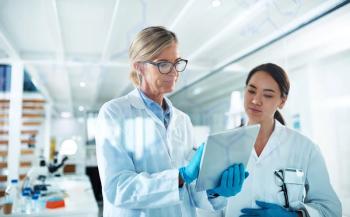
Parker Bioscience Expands Manufacturing of Single-Use Components
Parker Bioscience Filtration added a cleanroom at its site in Birtley, UK for manufacturing single-use assemblies and sensors used in biopharmaceutical processing.
Parker Bioscience Filtration has expanded its manufacturing capabilities with the launch ofa new ISO class 7 cleanroom facility at its site in Birtley, United Kingdom. The cleanroom, which opened this month, forms part of a major phased investment program at the Birtley site and will be dedicated to the manufacture of single-use assemblies used in biopharmaceutical manufacturing. The assemblies are supplied to customers fully assembled and pre-irradiated, ready for direct use in their cleanroom facilities in the manufacture of drug products.
In tandem with the launch of the new cleanroom, the Birtley site will add a new manufacturing area for single-use sensing technologies used in biopharmaceutical manufacturing. These allow users to monitor key process parameters such as temperature, pressure, and conductivity.
The new 600-m2 cleanroom adds capacity for single-use technologies at the UK site, which already has 2400 m2 of cleanroom facilities dedicated to the manufacture of filtration products and the manufacture of single-use assemblies. The new cleanroom strengthens the company’s ability to serve biopharmaceutical manufacturers in the European market and complements existing single-use assembly manufacturing operations in the United States. The company plans to also expand laboratory, office, and warehouse facilities at the Birtley site.
Parker Bioscience Filtration, which is part of Parker Hannifin, designs, supplies, and delivers whole systems for both upstream and downstream pharmaceutical and biopharmaceutical manufacturing. The company combines filtration, single-use fluid-handling systems, and sensors into automated single-use solutions.
Source:
Newsletter
Get the essential updates shaping the future of pharma manufacturing and compliance—subscribe today to Pharmaceutical Technology and never miss a breakthrough.




